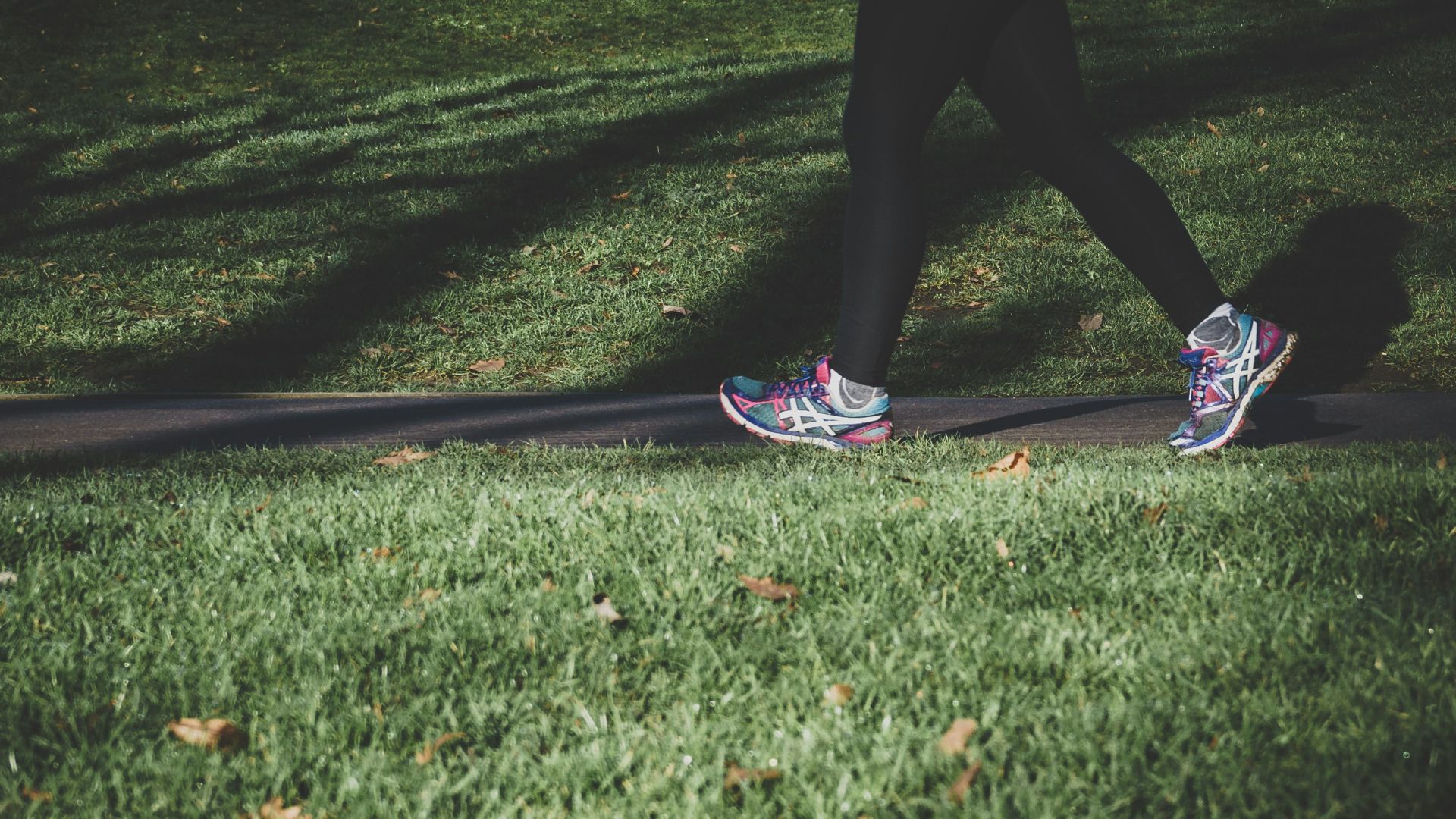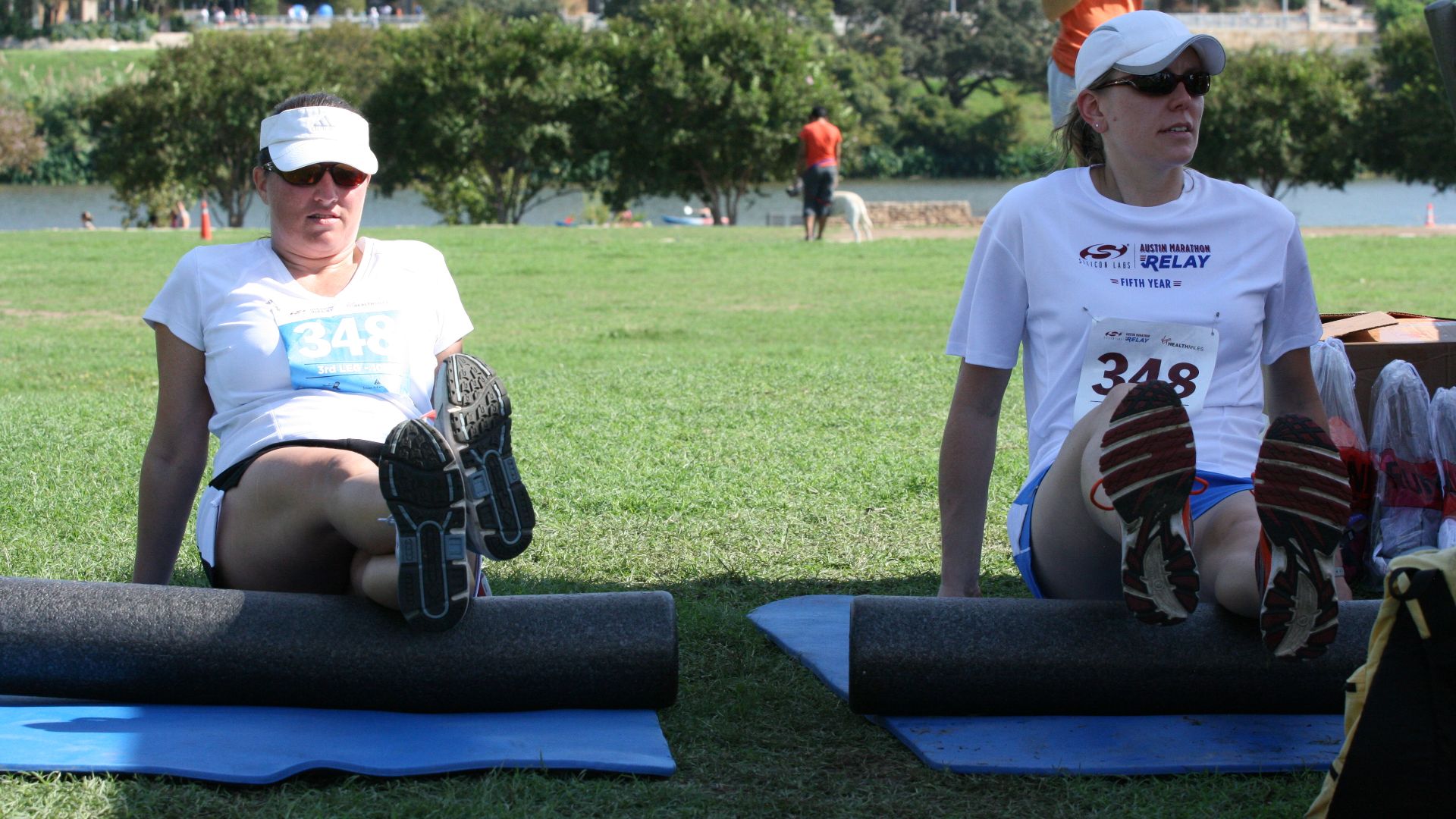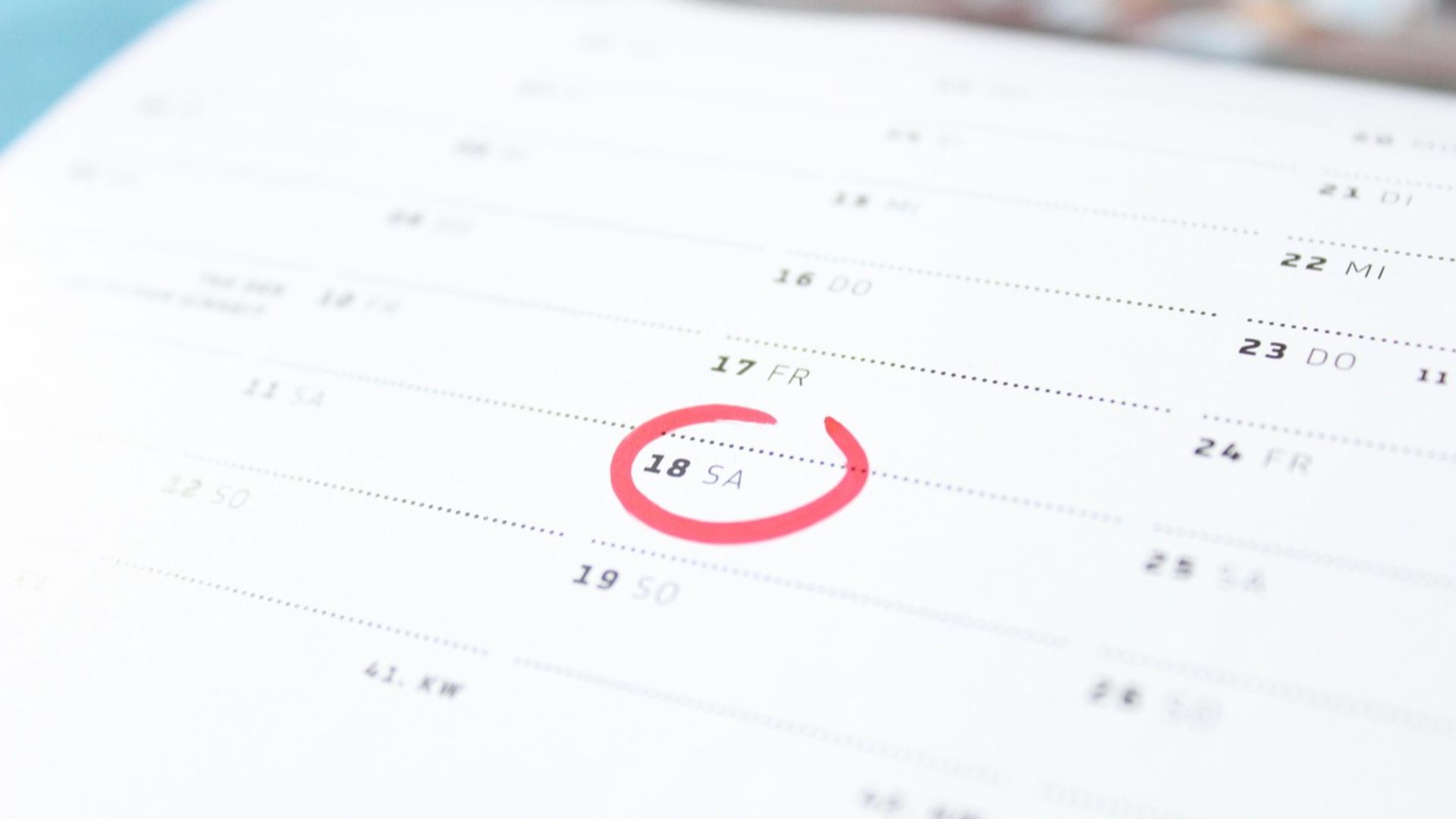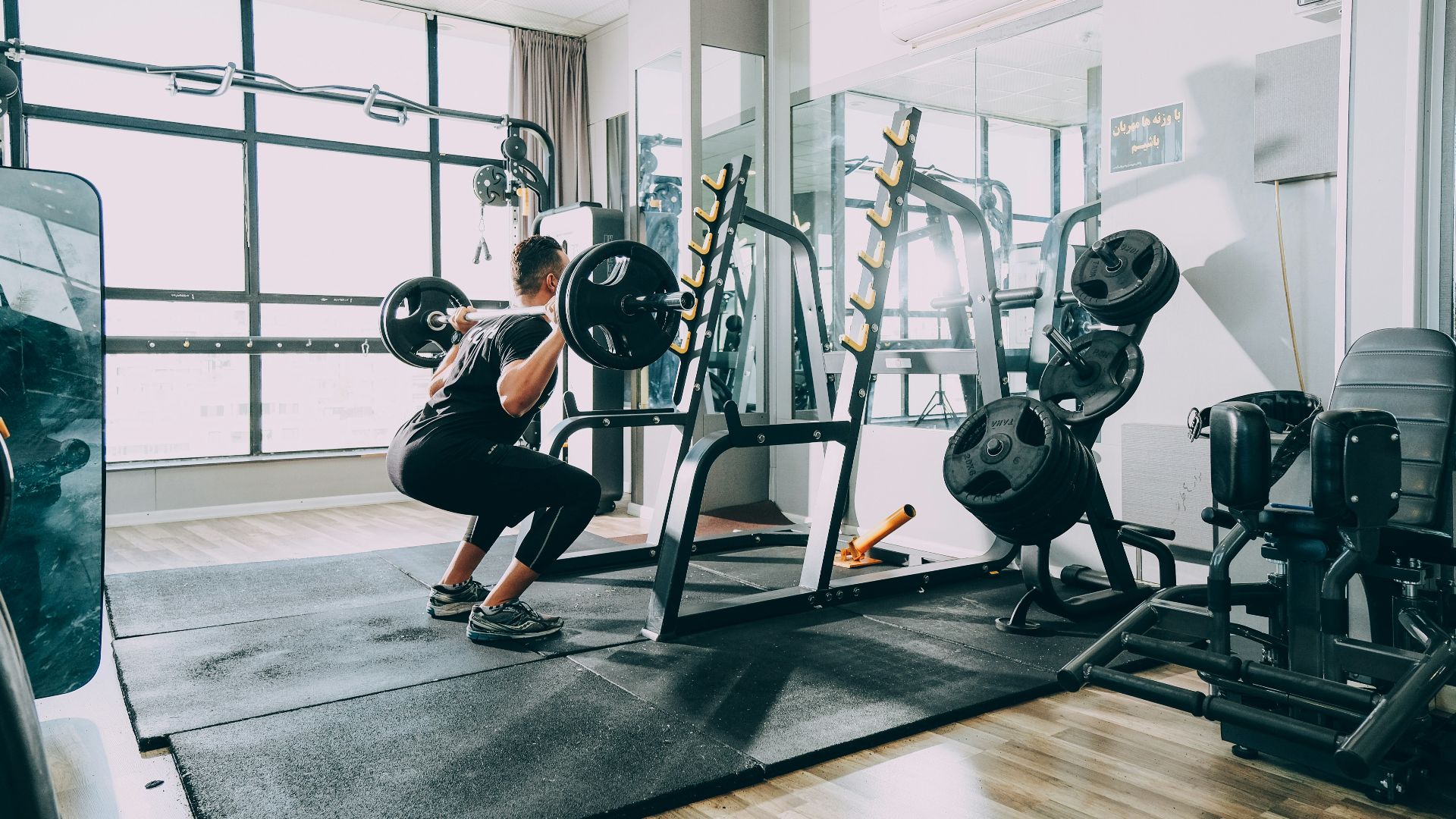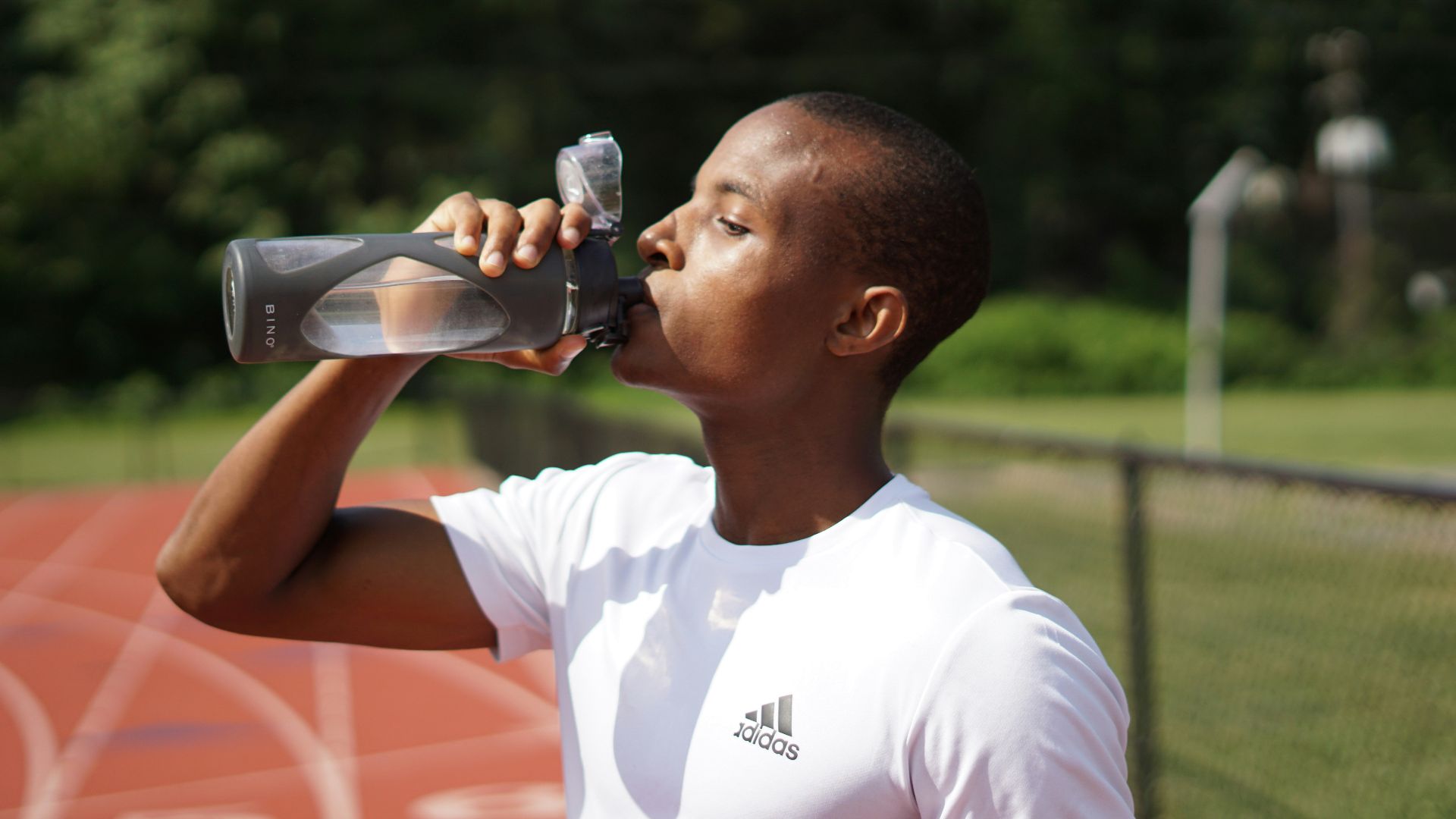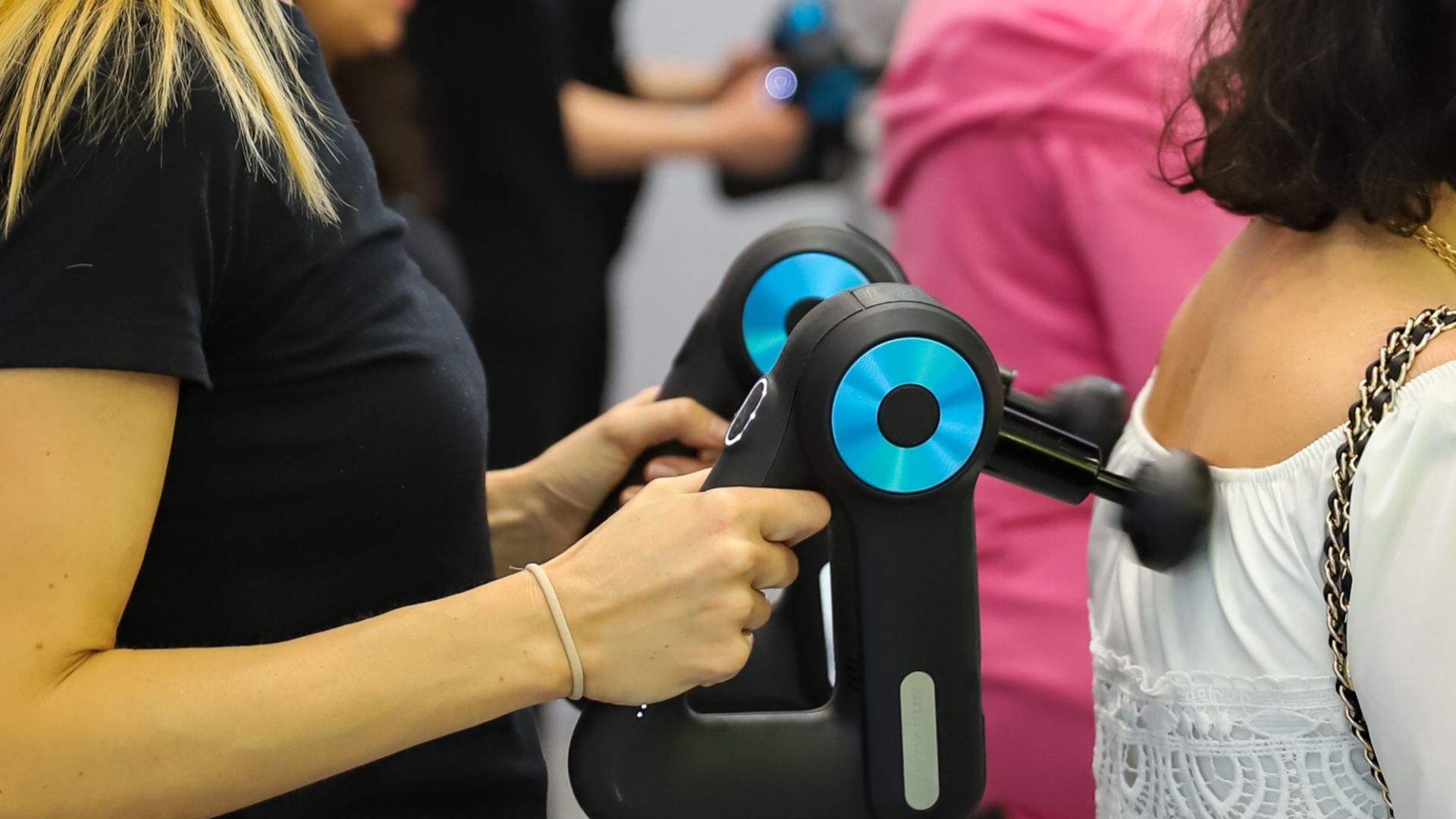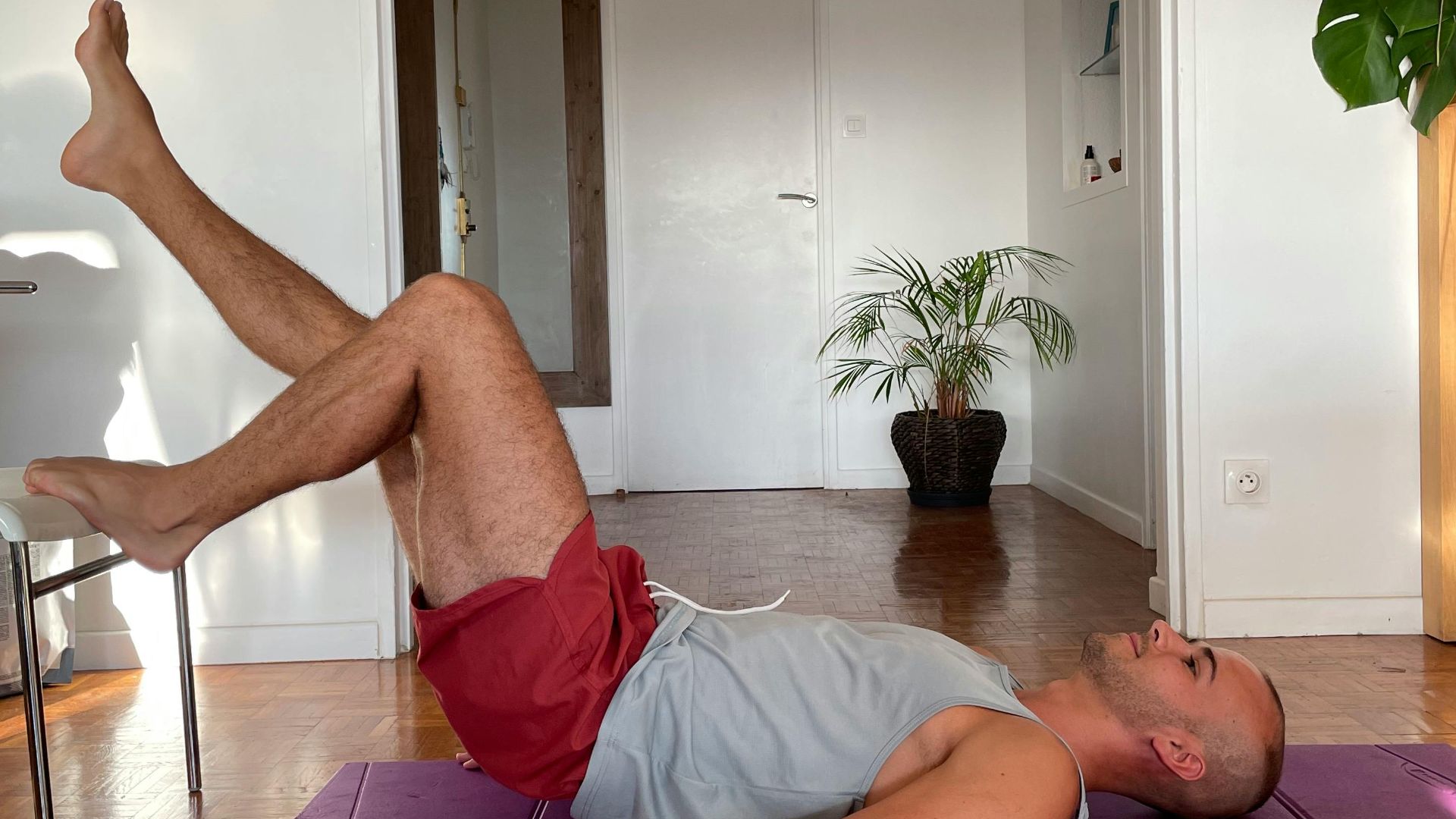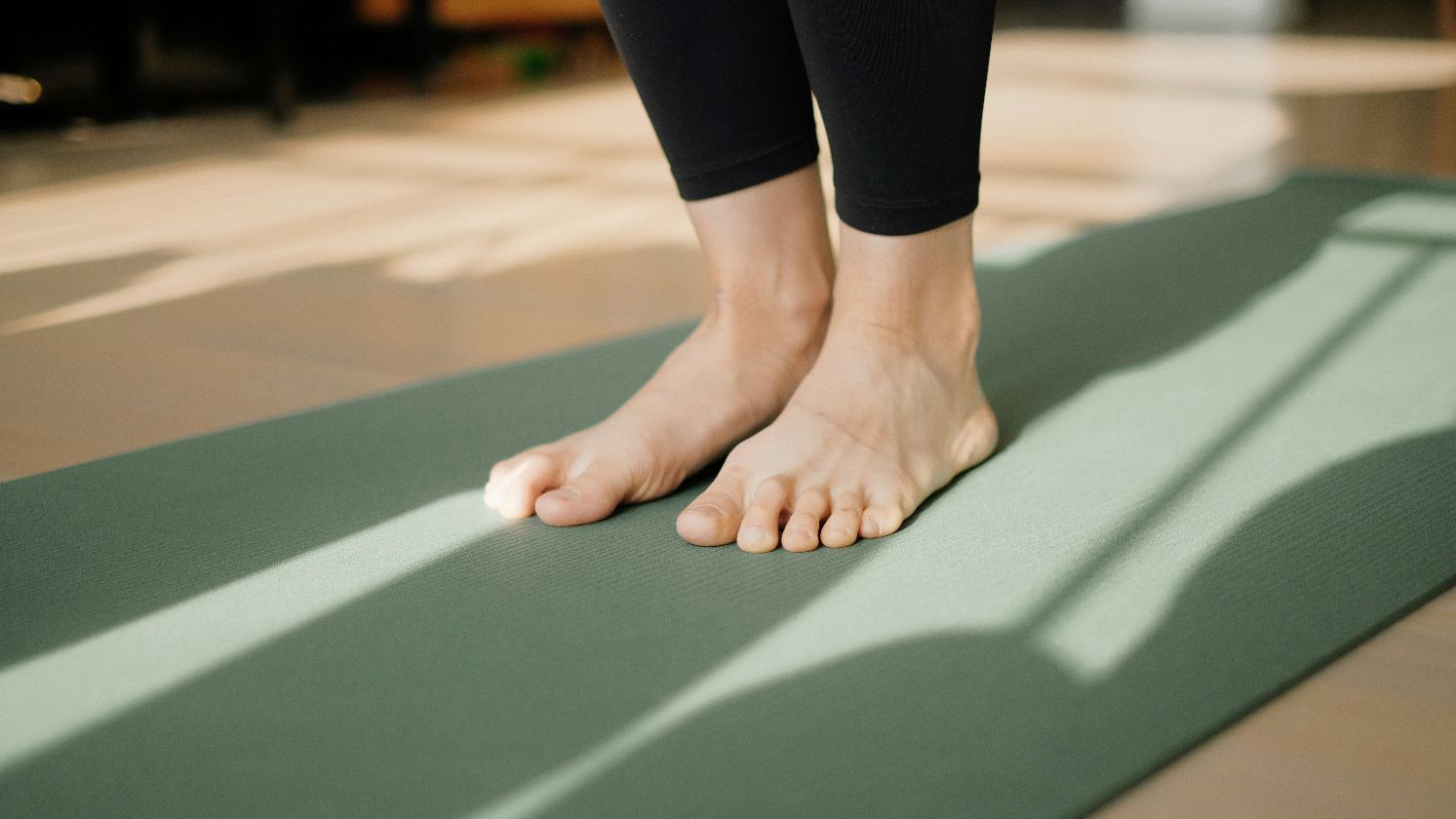Fuel Your Recovery The Right Way
After pushing your limits in a killer workout, the last thing you want to do is ignore your body’s need for a little TLC. Recovery isn’t just about lounging on the couch (though that’s definitely part of it!). It's about helping your muscles bounce back stronger, faster, and bigger. Here are 20 ways to help you recover like a champ after a brutal (or not-so-brutal) workout.
1. Prioritize Quality Sleep
Sleep is the secret sauce in every effective recovery recipe. It’s during this quiet downtime that your muscles rebuild, and your body balances itself out. You can push through the toughest workout, but if your sleep is shallow or fragmented, you’re slowing your own progress.
2. Rehydrate With Electrolytes
After a sweaty session, you lose a cocktail of minerals your body relies on to function. Electrolytes like sodium and potassium help prevent those annoying cramps that sneak up the day after. Coconut water or an unprocessed electrolyte mix can go a long way in making your recovery feel smoother.
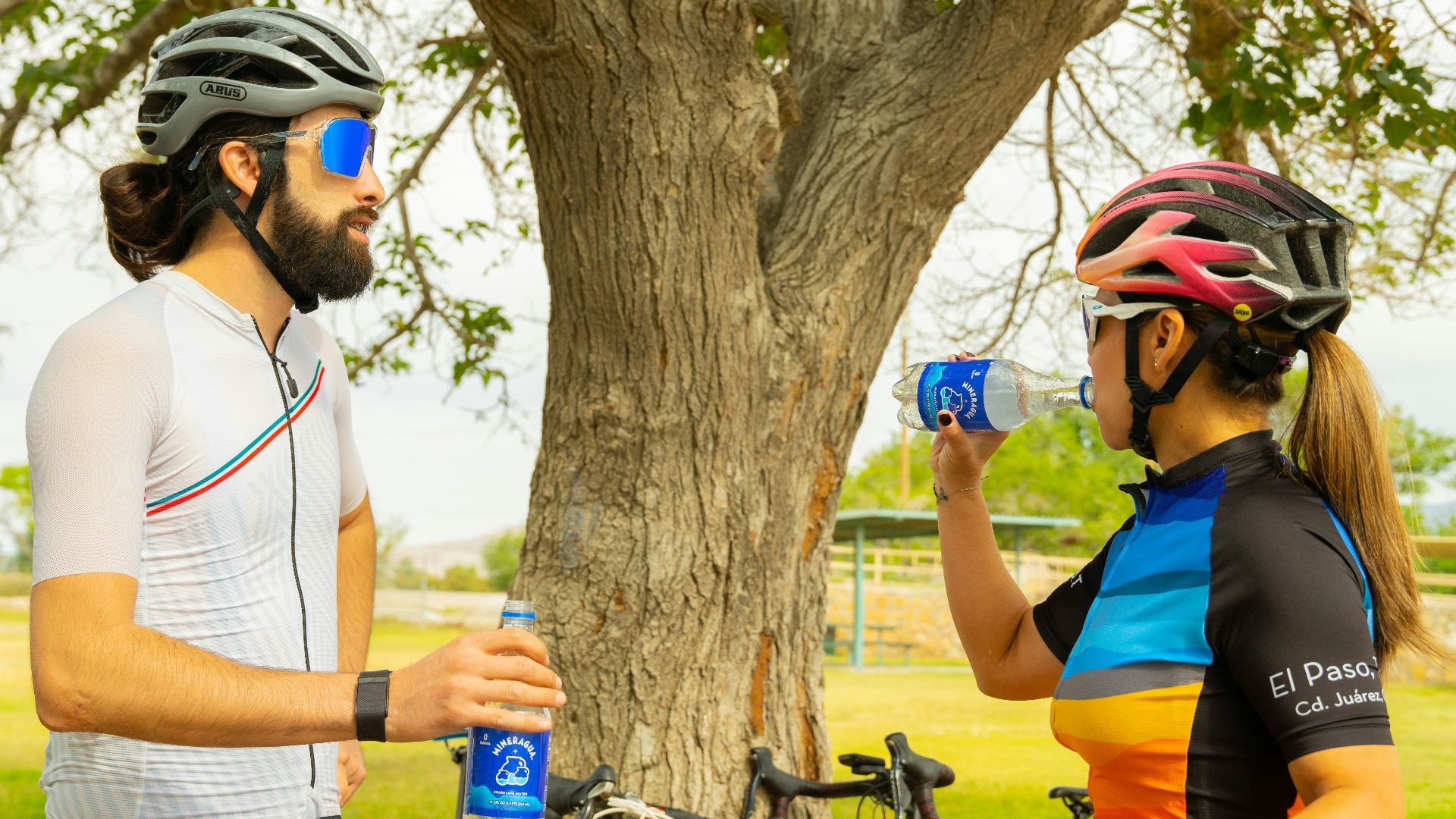 Mineragua Sparkling Water on Unsplash
Mineragua Sparkling Water on Unsplash
3. Consume Post-Workout Nutrition
The window right after a workout is like a construction zone, as your muscles are worn down, and your body is screaming for supplies. Give it what it needs. A combination of protein and carbs—something as simple as eggs and toast or a chicken wrap—can kickstart the repair process.
4. Engage In Active Recovery
Not every recovery day needs to involve a couch and an excuse. Sometimes, the best way to help your body bounce back is to keep it moving. Activities like a slow-paced walk or a swim can flush out lingering soreness and actually leave you feeling more energized.
5. Utilize Foam Rolling Techniques
Rolling slowly over tight areas allows your muscles to reset after a tough session. The trick is to go slow and breathe. Don’t treat it like another workout. Target your quads, hamstrings, and calves, especially after leg-heavy days, and give some love to your upper back after lifting.
6. Incorporate Stretching Routines
A post-workout stretch session helps lengthen the muscles you’ve just shortened through exercise, restoring balance to your movement. Think of it as putting everything back in place before closing up the shop. Make it a ritual, not a rushed afterthought.
7. Apply Cold Therapy
Cold therapy constricts your blood vessels and slows down the micro-swelling that naturally follows a heavy workout. You don’t need to soak like a polar bear. Just ten minutes in cool water or a strategically placed cold pack can do wonders.
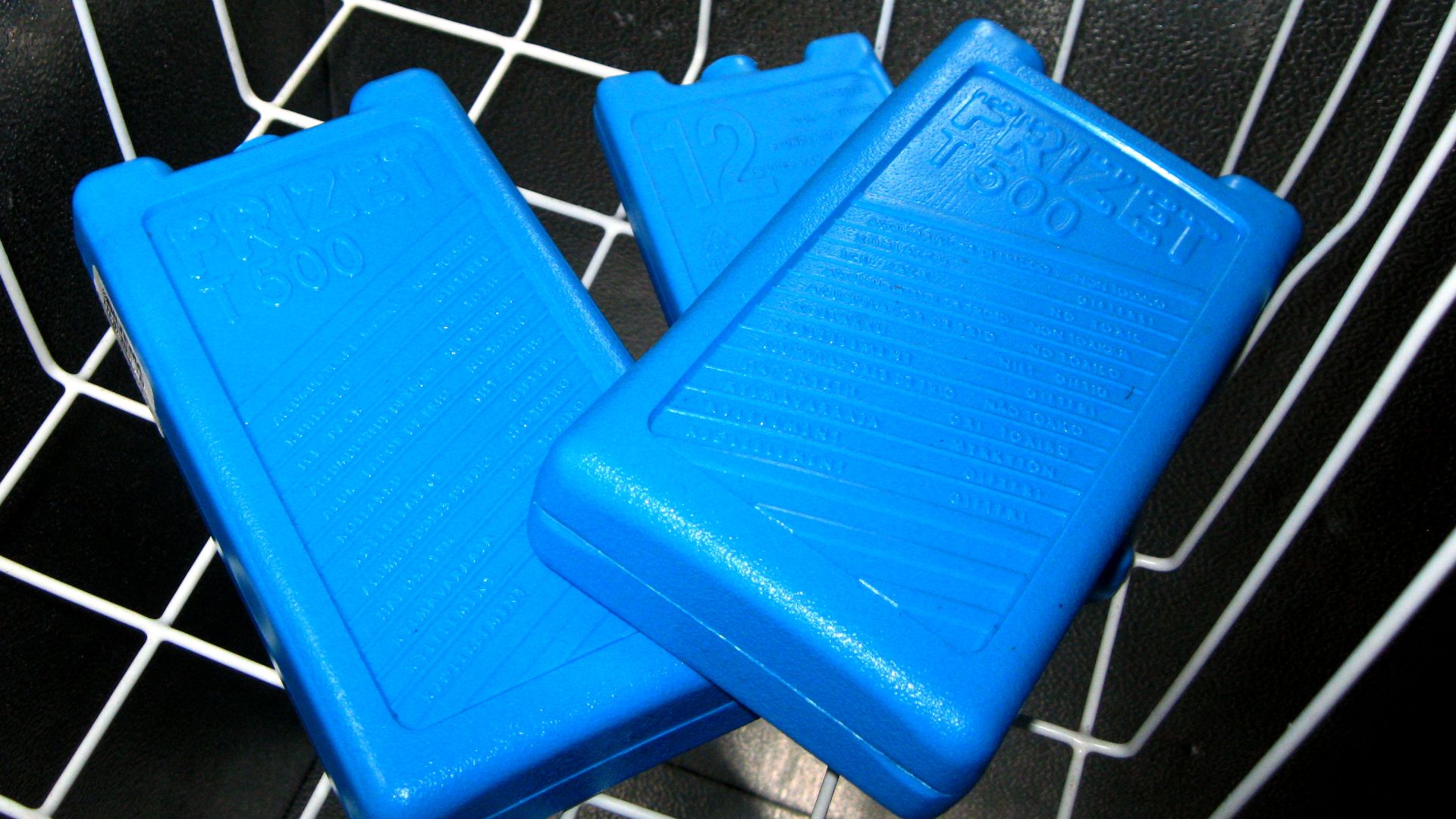 Santeri Viinamäki on Wikimedia
Santeri Viinamäki on Wikimedia
8. Schedule Regular Rest Days
Your body doesn’t grow stronger during the workout—it does that during rest. Skipping recovery days is like building a house without letting the cement dry. Over time, these pauses are what help you stay consistent without burning out.
9. Consider Massage Therapy
A few things ease post-workout tension, like a good massage. More than just pampering, it helps your body switch out of fight-or-flight mode. Even a short session can leave you feeling lighter, looser, and more in control of your recovery.
10. Monitor And Adjust Training Intensity
Piling on extra reps or sessions can feel like a commitment, but it often backfires without thoughtful pacing. In some weeks, your energy is high; in others, it dips. So, adjust the volume or type of workout depending on how you're feeling.
11. Incorporate Compression Garments
Compression gear can actually support your muscles post-workout by gently squeezing tissues, which helps flush out leftover waste and keeps swelling down. It’s one of those subtle strategies that feels passive but packs a helpful punch when layered into your routine.
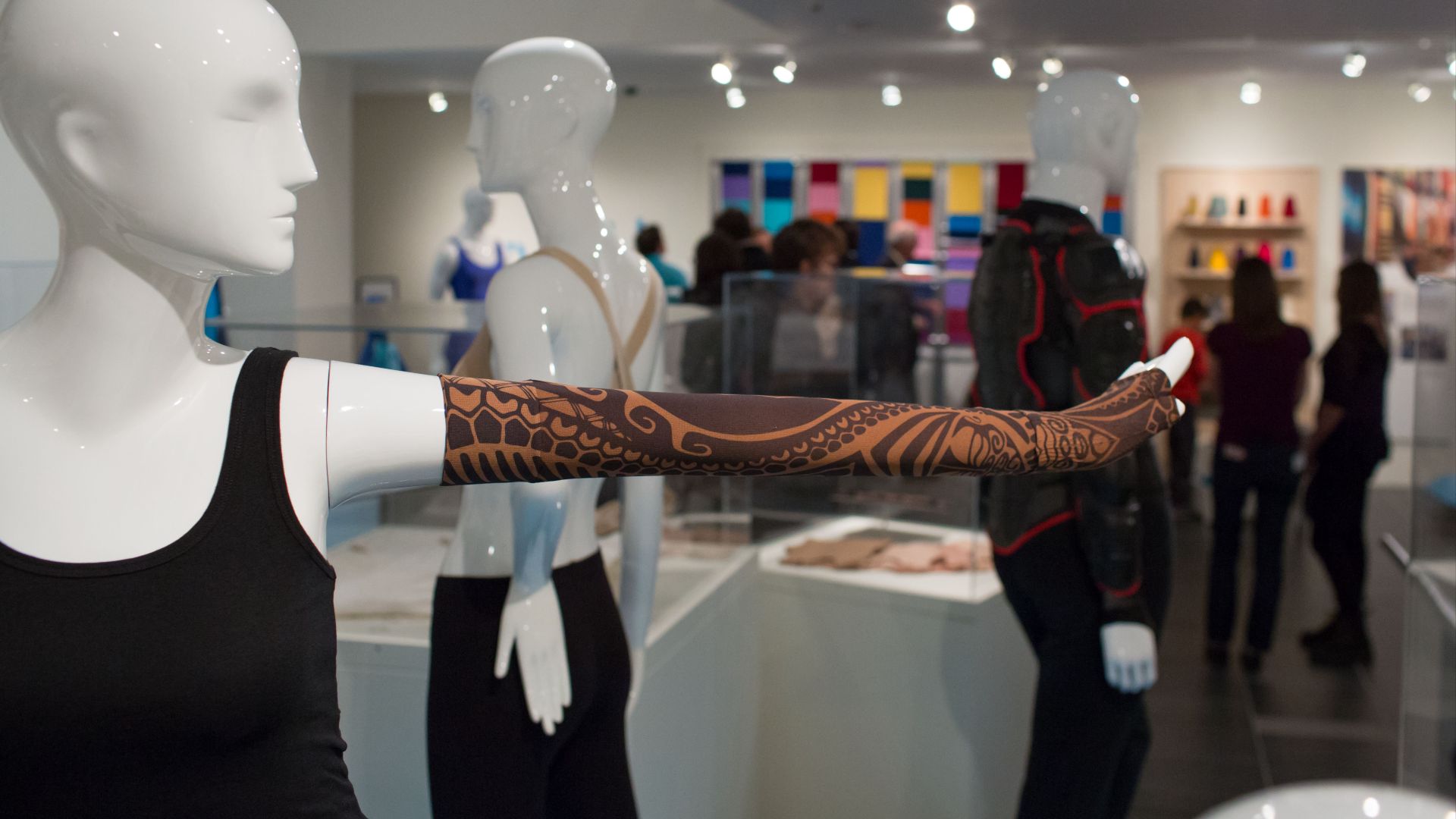 Staff photographer on Wikimedia
Staff photographer on Wikimedia
12. Maintain Consistent Hydration
Water fuels everything your body does. But don’t wait until you're bone-dry to sip. Make hydration a steady habit from morning to night. You want your muscles bathed in fluid, not parched and stiff. Carry a reusable bottle, and pay attention to signs like dry lips or fatigue.
13. Practice Mindfulness And Relaxation Techniques
Stress and recovery are constant tug-of-war partners. After a brutal session, don’t just collapse—decompress. Breathwork or just closing your eyes in a quiet room can flip the switch in your nervous system from "go" to "heal."
14. Utilize Heat Therapy
Unlike cold therapy, which calms inflammation, heat soothes tension. It’s especially comforting in the evening, signaling your body to soften and settle. Use heat to unwind, loosen up post-training tightness, or simply feel a little more human again.
15. Incorporate Anti-Inflammatory Foods
What goes on your plate directly affects how your body bounces back. Certain foods—like berries, leafy greens, turmeric, or fatty fish—naturally ease inflammation and speed up repair. Rather than chasing a single “miracle” meal, build your days around variety.
16. Limit Alcohol Consumption
Alcohol slows down protein synthesis. Even a single drink can throw off your momentum. Save the celebration for a real rest day, and let your body complete the work first. Your muscles will thank you by showing up stronger the next time.
17. Raise Your Legs After Training
Spent a long day on your feet or just finished a brutal leg workout? Try lying flat and propping your legs up against a wall. Raising them encourages blood flow back toward your core. It also speeds up waste removal from fatigued muscles.
18. Maintain A Balanced Diet
Consistency in your diet builds the foundation for consistent performance. A balance of everything makes a real difference. Your meals need to be real, regular, and nutrient-rich. Avoid extremes and nourish your body like the hardworking machine it is.
19. Track Recovery Metrics
Tuning into how your body responds takes the guesswork out of recovery. Use simple tools like a fitness journal or smartwatch to track patterns—soreness levels, sleep, energy, and mood. These trends help you catch early signs of burnout or overtraining.
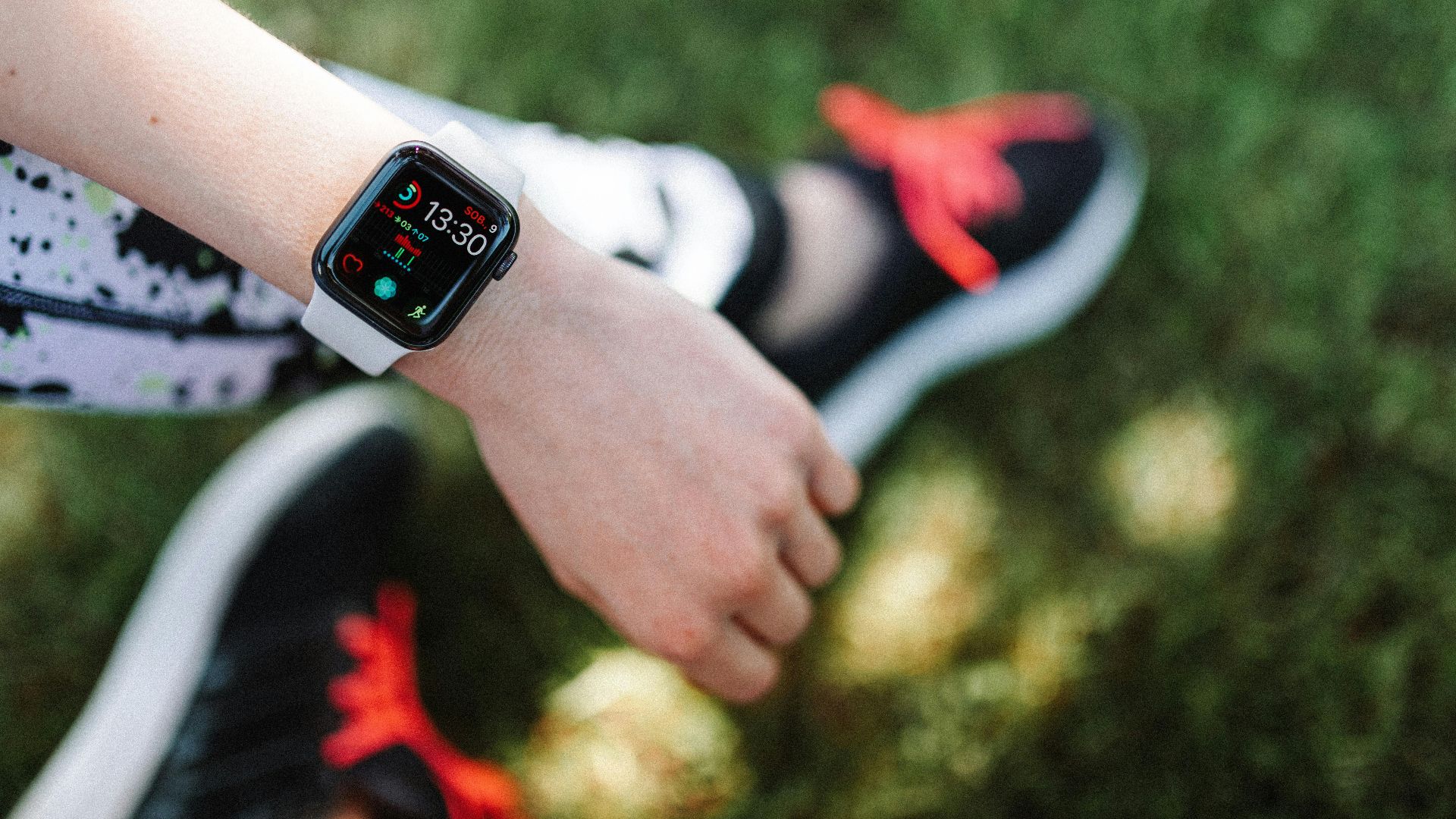 Photo By: Kaboompics.com on Pexels
Photo By: Kaboompics.com on Pexels
20. Add Mobility Drills To Your Cooldown
After pushing your joints through a full range of motion, don’t just drop everything and leave. Cooldowns with mobility work help restore joint fluidity and prevent stiffness later. Think of it as lubricating the hinges before the door sticks.
KEEP ON READING






